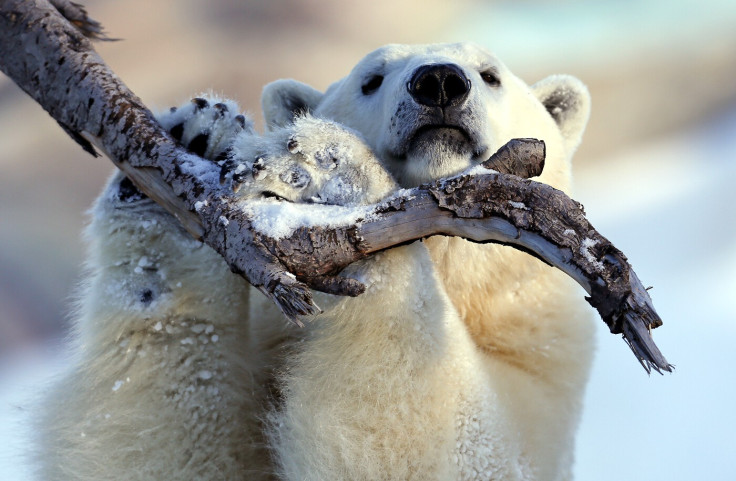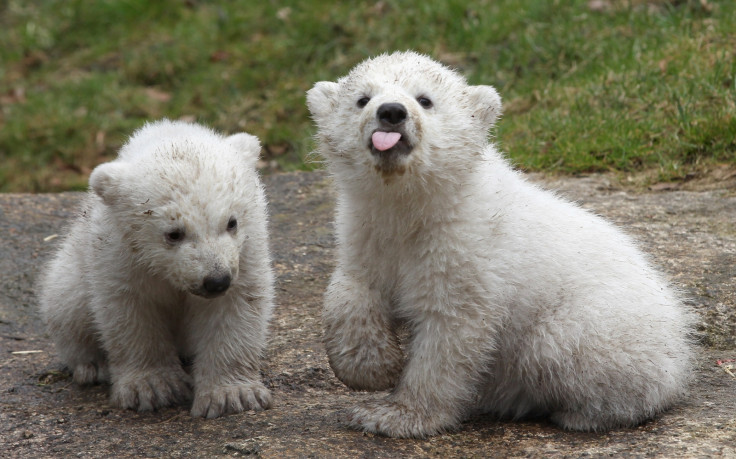International Polar Bear Day 2015: Facts, conservation and protection of the threatened species

Today marks International Polar Bear Day, observed annually on 27 February to raise awareness of the protection of the threatened species. As of 2008, the International Union for Conservation of Nature (IUCN) reported that the global population of polar bears was between 20,000 and 25,000 - but is declining due to a number of factors.
In 2006, the IUCN upgraded the polar bear from a species of least concern to a vulnerable species. A report published in 2013 found that the polar bear population had grown by just 4,200 since 2001.
Still, risks to the creatures are reducing the population growth. Climate change, chemical pollution, conflicts with shipping, stresses from polar bear watching, and oil and gas exploration are all putting the animals in danger.
The IUCN, Arctic Climate Impact Assessment, and other leading organisations have expressed concerns about the impact of climate change, including the belief that the current warming trend imperils the survival of the species. The polar bear has still survived warmer periods than the present.
Polar bears also accumulate high levels of toxic chemicals, such as organic pollutants or chlorinated pesticides. Due to their position at the top of the food pyramid and their diet high in blubber - where halocarbons concentrate - their bodies are among the most contaminated of the Arctic mammals.

Facts about polar bears
The polar bear is an important indicator of Arctic ecosystem health - and are studied to gain understanding of what is happening to wildlife across the Arctic. At-risk polar bears are often a sign of what is wrong with the marine ecosystem.
Polar bears spend over 50% of their time hunting for food, but less than 2% of their hunts are successful. Their diet mainly consists of ringed and bearded seals because they need large amounts of fat to survive.
Considered talented swimmers, they can sustain a pace of six miles per hour by paddling with their front paws and holding their hind legs flat like a rudder. Their Latin name means "sea bear".
Polar bears have a thick layer of body fat and a water-repellent coat that insulates them from cold air and water.
The animals have black skins and colourless hair, which reflect light to give the impression of a white coat.
Polar bears are clean animals and wash by swimming or rolling in the snow. They can also overheat in above-freezing summer temperatures and roll on the ground to cool off.
When a cub is born, they are around the weight of an adult guinea pig, but by the time they are fully grown can weigh over 500kg.
© Copyright IBTimes 2024. All rights reserved.






